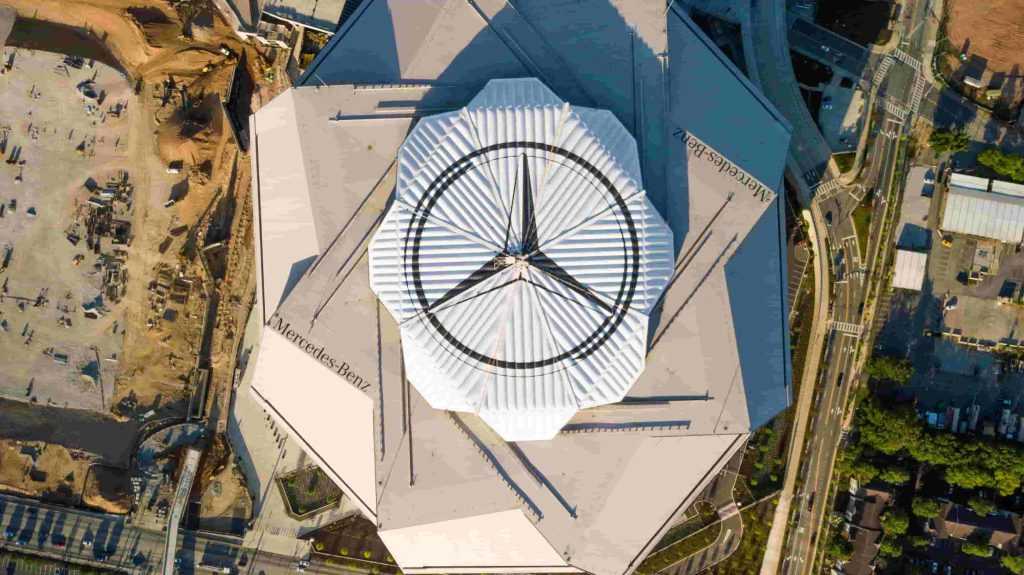We love our cars. It doesn’t matter if we kick it, yell at it, and curse the day we got it. The second somebody has a wisecrack at our old rust bucket, we immediately clap back. That’s because it’s our rust bucket, and we love it. What more if your car isn’t an old junker? Many people spend their free time restoring beautiful classics, making them into the gems that they are today. More often than not, the context in which one rebuilds an old car makes it even more eye-catching than when it first came on the scene. You see a classic SL roadster going down the street, and you know that person means business. You see a candy red ‘64 Impala, and you know that person means business. There are a charm and an unforgettable style to classics. If you’re reading this, you know what we’re talking about.

The issue with classics—or any vehicle made before 2000 is that parts aren’t always the easiest to the source. Let’s say you have a 1973 Datsun 240Z. How are you going to find good working parts for that kind of restoration? You’ve got a few options:
- You can get lucky at a junkyard
- You can source it from a specialist
- You can go to the resto-mod route.
Here, we’ll go through the pros and cons of each and what you can do, depending on the car you drive and the time you’ve got. Because all three have their merits. It’s largely a matter of taste and preference.
Special, Dedicated Dealers
If you’re restoring a classic, or you’ve got a pretty nice ride— objectively nice— you might want to go to a specialist. You’re going to have better luck finding Mercedes Benz parts from a dedicated dealer than anywhere else. Even if it’s a newer model, you won’t want to mess with any other parts.
Let’s break down the scenario. Everything is going smoothly with your Mercedes. You got it brand new. After about three years, you’re starting to notice that the brakes aren’t what they used to be. That far in, you’d probably want to have them checked out anyway. You find out that Mercedes uses Jurid, Pagid, Textar brakes. You see what fits, and you get some aftermarket pairs. The problem with this is that you’re not going to get the same kind of brakes. These companies have a contract agreement to make specially designed brakes just for Mercedes Benz. To get the real deal, one that doesn’t impede performance, you’d have to get to the specialist. Plus, on a Benz, why wouldn’t you?
Junkyards
Junkyards get a bad rap. But the truth is, the majority of the secondhand sellers and the aftermarket eBay crowd still uses these yards to get parts and resell. If you’re going online and it’s not an official spot, chances are someone found it in the yard and buffed it out for the camera. If you know a thing or two about cars, this is your playground. You find all sorts of wonderful parts in beautiful condition, at half the price. The owners of the operation know what things are worth. They do their research.
But usually, they’re still marked down lower than the rest by high margins and low operation costs. It’s a junkyard. The most expensive thing to maintain is the steaks for the dogs. So you’ll probably find some good stuff if you have the time or energy.
Another great thing about junkyards is you get to haggle. So if you’ve got the negotiation skills of a Wall Street sleuth, or the blunt force markdown skills of a Hong Kong night market shopper, you’ll love the game of getting a lower price.
Resto-mod Route
The resto-mod is somewhat of a controversial move in the world of cars. Because classics are such prized possessions, a lot of people want to keep it as pristine and original as humanly possible. There’s a love of “all original” that permeates into the culture and the narrative of car people. That’s fine and dandy. Suppose you’re into that, more power to you. But the truth is, some of these old cars were not meant for the kind of driving we do today. Suppose it’s from the yacht club to the country club, sure. You’re 1957 300SL is fine, all original. But for daily use, it’s always a good idea to prepare it for the new conditions of the road.
The biggest are brakes and suspension. Modern suspension makes it possible to weave through a coastal or mountain highway with ease. For that, you need to consult a resto-mod specialist. If you outfit a portion of your vehicle with modern parts, it will perform better. On top of that, finding those parts would be a breeze, due to the relative ease of purchase on new items. All you’ve got to do is get over the fact that your car is no longer “all original”.
Network
Like everything in life, it pays to know a guy. Building business relationships and connections are the keys to making the dream work. Car parts are no different. If you happen to find yourself in a position where you can make friends with a person who has an extensive car parts network, do so. You’ll be more likely to get first dibs and less drama for a rare and hard to find component. Not to say that this will solve all of your problems. But truth be told, a friend of a friend always comes through if the price is right.
You just have to pull a little bit of the old charisma and charm. Do not take advantage of this relationship too much, though. Like all things, it can backfire, and if you’re in the early stages of a classic restoration? You’ll have to find parts of the old fashioned way.

There you have it! The quick and dirty guide to getting parts. Hopefully, you have one of these options available to you in your country. But with the internet being ubiquitous, well, you will never have that problem. Happy driving.



